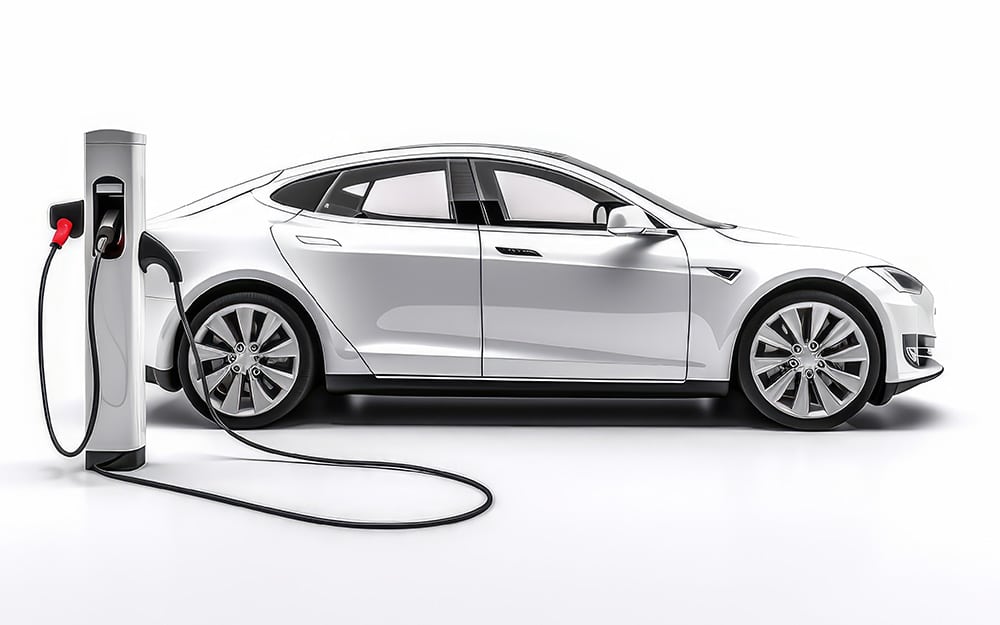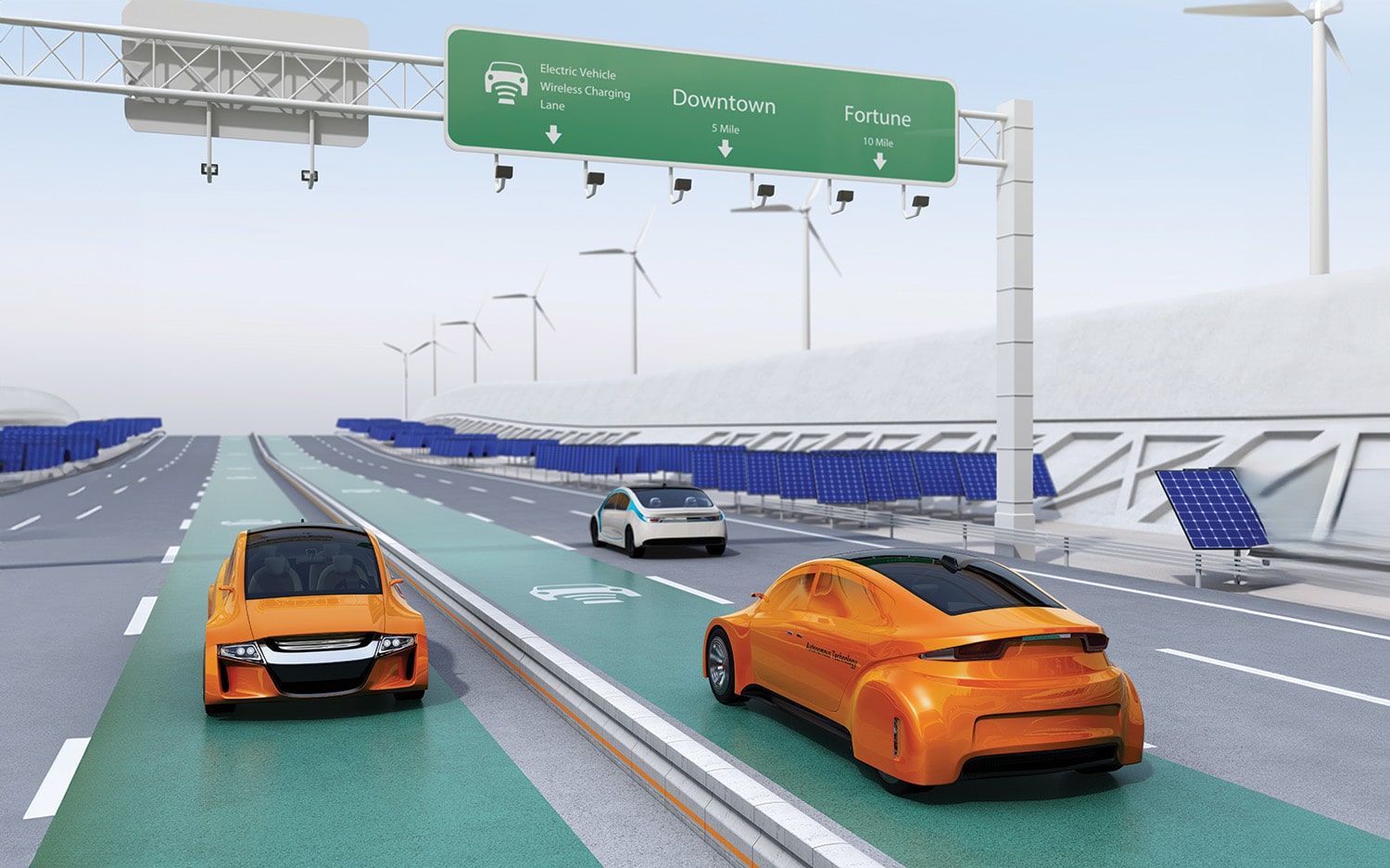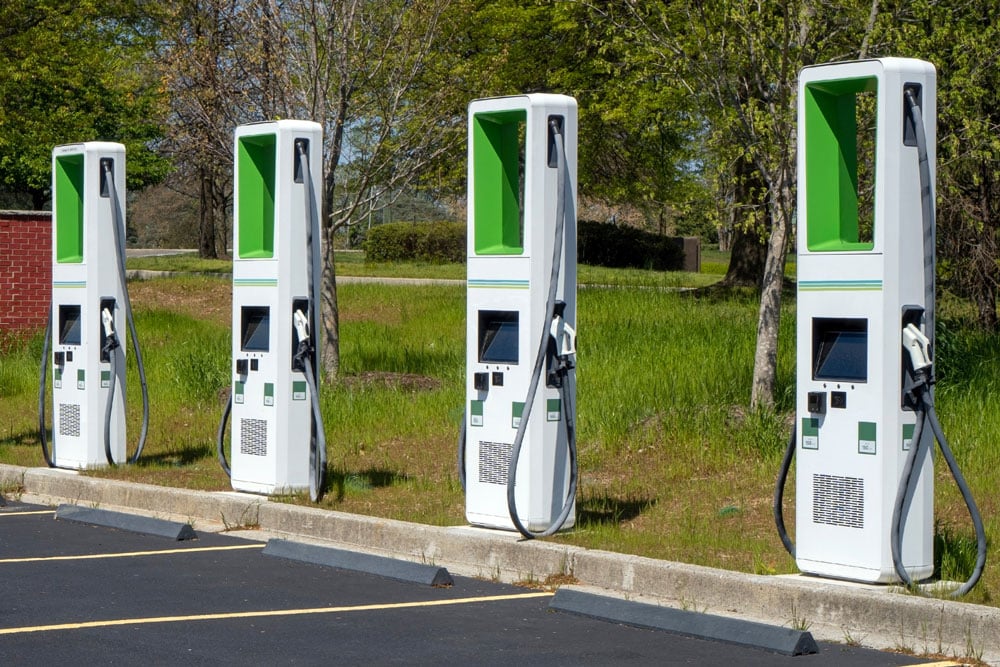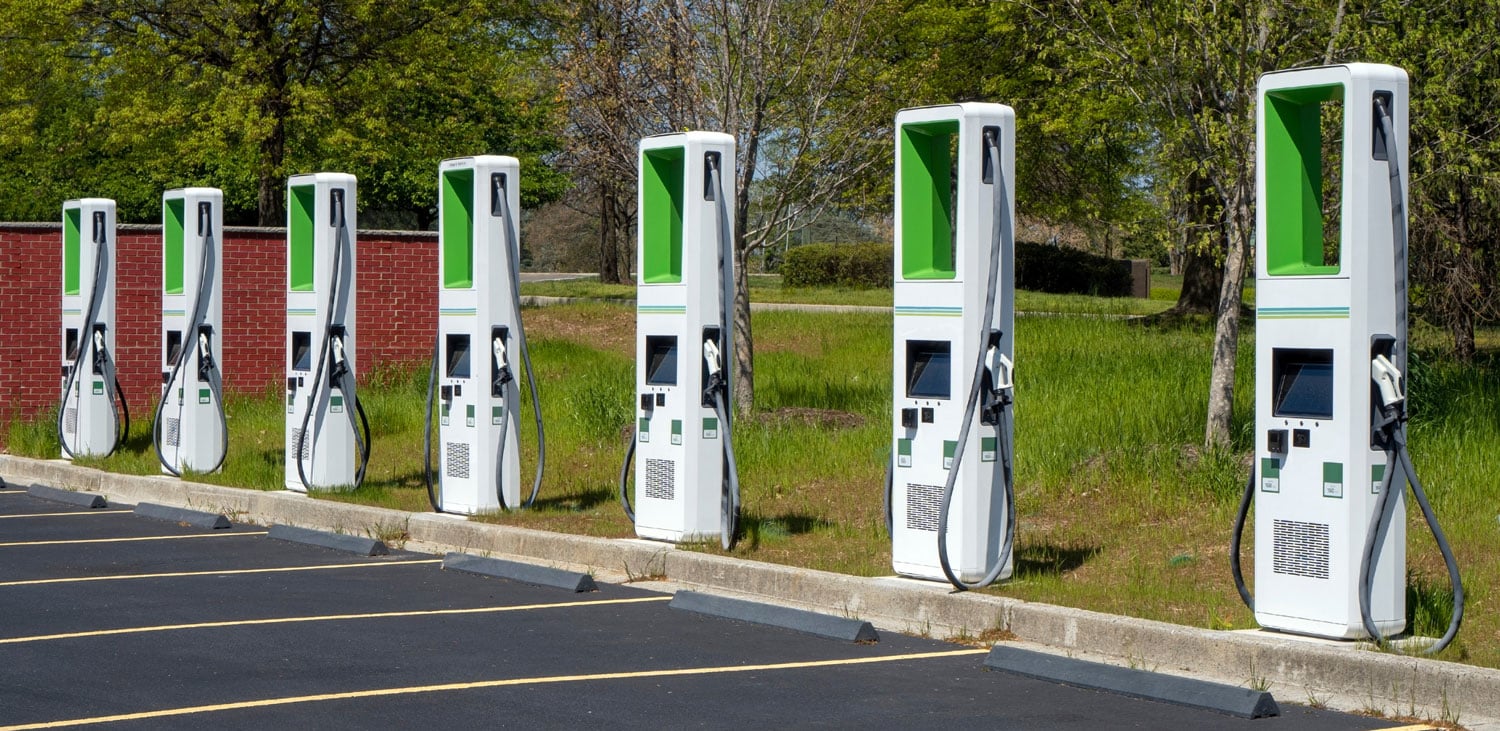The Green Impact
People don’t come here to park; people park to come here. While it’s expressed in a variety of ways, that one simple idea permeates the training and operations of every successful parking organization I’ve encountered. This focus on service and aligning our offering to customers’ motivation and true needs creates competitive advantage and strong business outcomes whether your organization measures success by revenue optimization of parking, revenue generation for surrounding retail, employee or student satisfaction, or any other standard. In short, successful parking operations organize parking in the way that best supports the underlying trip.
With the electrification of transportation accelerating, there are many reasons to add electric vehicle (EV) charging to our parking facilities. In some jurisdictions it’s a matter of code compliance. Some organizations or developers may be chasing LEED points. Some may be look to EV charging to create or bolster a “green” reputation. Yet others may see it as a civic duty. Regardless of the motivation for adding charging, we can make that charging successful by adapting that same service philosophy: People don’t come here to charge; people need to charge while they are here. EV charging needs to be an enabler of and value-add for the underlying trip, whether that trip is for retail activity, commuting, entertainment, or recreation. Consequently, the placement, policy, and technology selected for EV charging must be fully aligned to the underlying trip in the same way successful parking programs have been aligning for years.
The Gas Station Metaphor is Outdated
This philosophy that emphasizes the underlying trip purpose flies in the face of the “Gas Station Metaphor”—a way of thinking about charging that was pervasive among parking professionals in the early days of EVs. It was a perspective that I shared myself. Early adopters of EVs skewed heavily toward the well-to-do, folks that owned their homes and, consequently had or could install the necessary infrastructure for home charging. These early adopters of EVs were not only people of means but they were passionate about electric vehicles and accepted the frictional cost of time and effort on the occasions when they needed to use public charging. Public charging, like pumping gas, was then a service unto itself and disconnected from the primary purpose of the trip.
As prices have fallen and consumer interest climbed, the role of public charging is shifted from luxury to essential service and the tolerance for friction is falling. Without retail, workplace, and school-based charging, renters and residents of multifamily housing will be unable to enter the EV market for lack of charging opportunities. Additionally, those who do have access to home charging will be using disproportionately higher carbon intensity rather than the cleaner energy available during the day when the grid is flush with renewables.
For this new wave of charging customers, the way charging is provided needs to align seamlessly with their daytime travel destination and duration of stay. Deviating from their travel path to find available charging or needing to relocate vehicles when charging is complete are points of friction that drive these customers away. People don’t come here to charge; people need to charge while they are here. To the extent that they have choices about where to shop, recreate, or even park, those choices will be informed by which provider made vehicle charging so easy that it could be (as it should be) secondary to the main purpose of the trip.
Parking professionals have long managed policy about who can park where and for how long with the goal of keeping their parking full (asset utilization) and their customers happy (efficient access). Our understanding that people don’t come here to park; people park to come here underlies how we assign space, from loading-zones to long-term parking, and the technologies we choose to help implement those policies and manage that space. If we design our EV programs with this basic philosophy in mind, it drives very different decisions for space allocation and charging technology selection than we might otherwise have made. The trip purpose drives the way both parking and EV charging needs to be delivered.
Optimize Placement, Simplify Marketing
In the early days, UC San Diego’s EV charging program was led out of the campus utilities function. Charger placement was optimized for per-plug infrastructure, which made sense as it served those early adopters that were more likely to have home charging and were more likely to accept a small degree of inconvenience. As we’ve scaled the program, diversified our charging technology, and welcomed a broader customer base, we realized that we needed to retool our charger placement to better align with the reasons folks come to campus.
Like most campuses, the majority of our all-day parking is a short walk or shuttle ride from the most popular campus destinations. Placing traditional level two chargers operating at 6.6kW in these locations led to either poor asset utilization, with each charger serving only one customer a day, or poor customer service with policy requirements to move vehicles midday once charging had concluded. Instead, we’ve concentrated these chargers near campus retail, performance venues, gyms, and eateries where the desired dwell time matches the charger’s capacity. We can serve two to four times as many customers with the same equipment and eliminate friction from poor proximity or the need to move vehicles before customers conclude their business.
We’ve also added Level 3 DC Fast Charging (DCFC) at 50kw and up. We site these stations at the campus perimeter where they can intercept commuters that need to top-up during their a.m., p.m., or lunchtime trips. Outside of these peaks, the perimeter location allows them to support residents of nearby multifamily housing, hotel guests, ride-hail drivers, long distance corridor travelers, and others to improve asset utilization and keep costs low.
At our locations that support all-day parking, we have added abundant all-day charging options at 3.3-9.8 kW. While these spaces might only serve one to two customers per day, we’ve been able to radically reduce the infrastructure cost per plug, leveraging circuit splitting and adaptive load management. These technical solutions have been game-changers for reducing infrastructure costs by slicing our cost per plug by 50-75%.
Differentiating our types of charging and aligning them to customer needs for dwell time and location had transformational potential if we could communicate our strategy to customers. In the end, we applied the KISS principle and simply rebranded all our EV spaces by the permitted duration of stay with distinctive EV-1, EV-4, and EV-12 space signs designating the allowable hours of parking. This framework is carried forward to our online campus map and communicated in third party directories of EV charging locations.
Scale Quickly with Adaptive Load Management
UC San Diego has grown its charging program to become the is the largest charging hub in San Diego county and among the largest and most diverse deployments in the US. The current portfolio contains 23 EV-1 stalls, 194 EV-4 stalls, and 152 EV-12 stalls. In the next year, the campus plans to more than triple its plug-count; a goal made possible only through the advent of Adaptive Load Management (ALM).
ALM takes a circuit that would normally support a single plug at level two and instead supports four plugs at level two. When starting their charging session, customers indicate with an app their planned duration of stay and the range that they would like to add during their charging session. The ALM controller then intelligently manages the energy distributed to their vehicle, along with any other vehicles on the circuit, so that each charging customer receives the desired range addition before departing. We use ALM on our EV4 and EV12 charging spaces to flatten the demand curve and allow us to support more customers per circuit, stretching our infrastructure dollars and reducing cost per plug by up to 75%.

If the infrastructure cost savings and customer service achievable through ALM weren’t enough, the technology unlocks additional economic and environmental benefits. In addition to flattening the demand curve, ALM can shift the curve. Under normal circumstances, the duration of stay is significantly longer than the time needed to charge all the vehicles on the circuit. The ALM system can use this slack to shift charging activity to achieve the facility owner’s economic and environmental goals. If your energy provider applies time of use charges (peak period surge pricing), ALM can minimize charging within that period with no customer impact. If you have organizational goals or financial incentive to increase the use of renewables, the ALM system can shift power delivery toward the times when the solar and wind energy in the grid is greatest. At UC San Diego, we also utilize the technology to help shed load during energy events, earning meaningful incentives from our energy providers.
ALM has allowed UC San Diego to move away from the one-size-fits-all charging model of traditional level two charging and to provide a parking and charging solution that is more suitable to our most common trip purposes. That alignment manifests itself in charger placement and charging policy decisions that are more customer centric, helping the destinations we support and catalyzing EV adoption by removing barriers for those that don’t have access to home charging. With ALM, it feels like we have finally found and acquired the tool that has been missing from our parking management and EV charging toolkit. With year over year sales of EVs up 31% in the U.S. and expected to climb significantly as Infrastructure Investment and Jobs Act implementation reaches full-steam, ALM’s moment has arrived. It offers a new and affordable way to scale EV parking and charging at a pace that can keep up with EV adoption and deliver that new capacity in a way that is uniquely responsive to customer needs. ◆
Josh Kavanagh, CAPP, is Executive Director, TAPS: Triton Auxiliary Programs & Services for UC San Diego and a member of the IPMI EV Readiness Cohort.
-
This author does not have any more posts.

Take a Step Back to Plan
As we navigate the complexities of the rapidly expanding EV

Electric Vehicle Charging Operations Research
Preliminary Results

Detroit Paves the Way
Are We Ready for Wireless Charging Roads?







